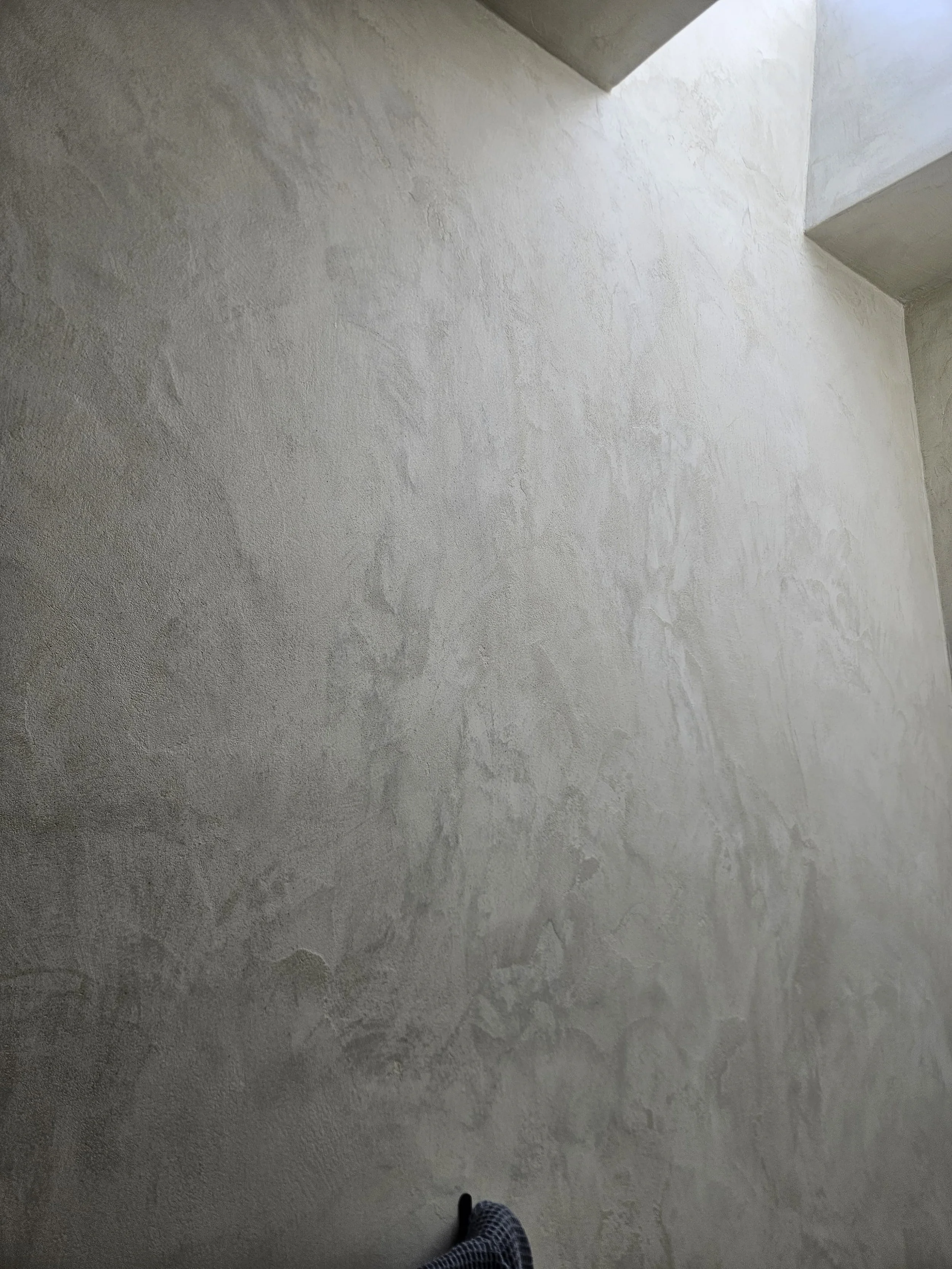Frequently Asked Questions

What colors are available for micro cement?
Micro cement comes in just about every color you can imagine, from soft, natural shades to deeper, richer tones. But it’s not quite like picking a paint color. Since it’s a natural, hand-applied material, every surface has its own subtle variations in shade, texture, and sheen. Plus, the color can shift a bit depending on the sealer you pick and the lighting in the room—micro cement tends to reflect and absorb the colors around it, so it might look a little different from one space to another. Because of all this, trying to exactly match paint or tile isn’t usually the best move. Instead, it’s better to choose a color that complements or contrasts with your other materials. Honestly, a big part of micro cement’s charm is its natural, organic feel—so getting hung up on an exact shade isn’t nearly as important as embracing the unique character it brings to your space.
How is micro cement different from plaster, tadelakt, or hybrid paints?
Micro cement is unique—unlike plaster, tadelakt, or hybrid paints, it’s a super-thin, durable coating that creates seamless, modern surfaces ideal for floors, walls, and countertops, both indoors and out. Plaster is softer and mainly decorative, while tadelakt is a traditional Moroccan plaster that’s polished and waterproof but requires special care. Hybrid paints mix qualities of paint and plaster but don’t have the same toughness or seamless finish as micro cement. Each product can vary quite a bit in the method of application and the final look and feel. While knowing the product itself is important, micro cement is a more artisan-focused material—much of the final result depends on the skill and experience of the person applying it. If you want a sleek, durable surface with the look of concrete or natural plaster, micro cement is the go-to choice.
How much does micro cement cost?
Pricing for micro cement depends on the application and the area where it’s installed. Wet areas like showers usually require extra layers and waterproofing, which adds to the cost. Smaller spaces, such as bathrooms, often cost a bit more too because of the tighter corners and more detailed work involved. Features like fireplaces and backsplashes are typically priced on a project-by-project basis. Compared to other high-end finishes like quality tile, micro cement can sometimes be more affordable. Plus, because it can be applied over existing surfaces, you often save money by avoiding demolition and the mess that comes with it.
Here’s a rough pricing guideline for residential projects:
Wet areas (showers, tubs): $25–30 per square foot
Bathroom walls and ceilings: $20 per square foot
Walls: $10–15 per square foot
Ceilings: $15–20 per square foot
Floors: $10–15 per square foot
Keep in mind, prep work, corners, angles, and access can all affect the final price. Every project is unique, so it’s best to get a detailed quote based on your specific space and needs.
How durable is micro cement?
When people ask about micro cement’s durability, they’re often really wondering if it will show its age over time. The answer is yes—micro cement is a natural finish, and like many authentic materials, it develops a patina as it ages. This aging process isn’t a flaw; in fact, in countries where techniques like this have been used for centuries, the patina is highly valued. It’s similar to how a real hardwood floor gains character and warmth over time, unlike laminate floors that stay the same but lack soul. So if you look at a micro cement surface 15 years down the line, it will likely show signs of wear and aging—but that’s part of its charm. After all, things that never show their age are rarely warm and inviting.